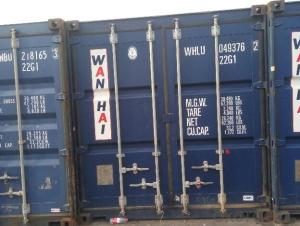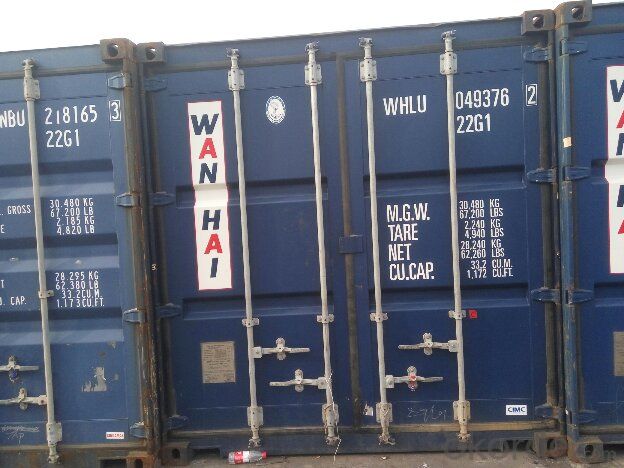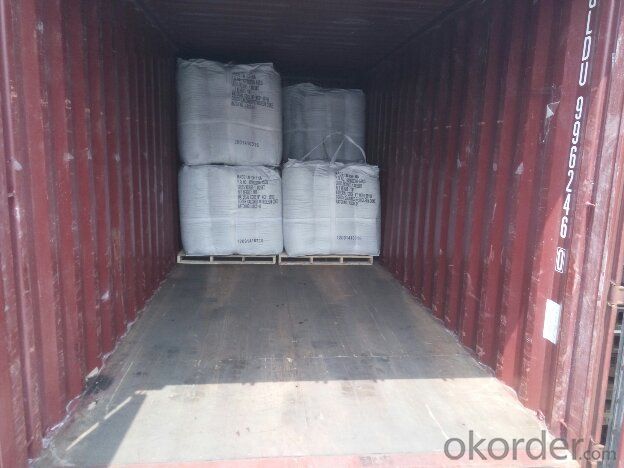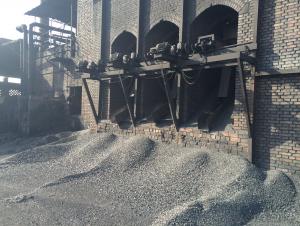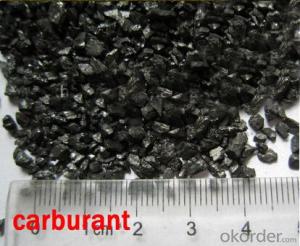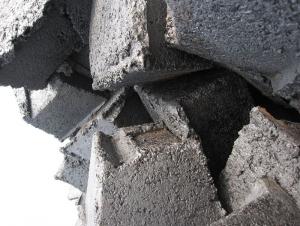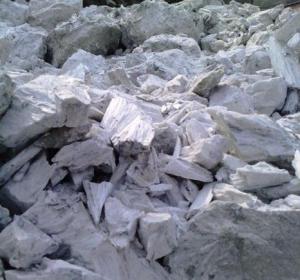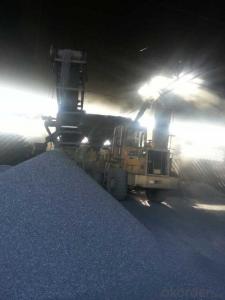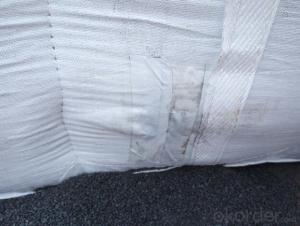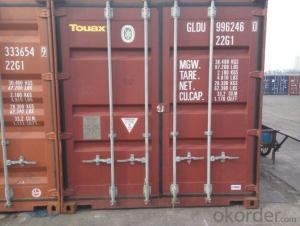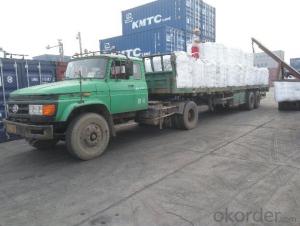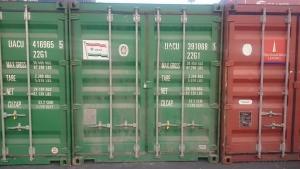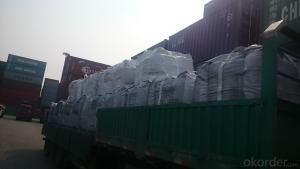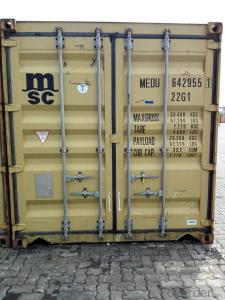0.5% Mositure and 85%FC coke for foundry
- Loading Port:
- Shanghai
- Payment Terms:
- TT OR LC
- Min Order Qty:
- 20.3
- Supply Capability:
- 1003 m.t./month
OKorder Service Pledge
OKorder Financial Service
You Might Also Like
Brief Introduction
Foundry Coke is the main fuel of melting iron in the oven. It can melt the materials in the over, make the iron reach great heat, and keep good air permeability by sustain stock column. Thus, the foundry coke should have the characteristics of big block, low reactivity, small porocity, enough anti-crush strengh, low ash and low sulphur.
The coke handled by our cooperation is made from superior coking coal of Shanxi province. Provided with the advantages of low ash, low sulphur and high carbon. Our coke is well sold in European, American, Japanese and South-east Asian markets. Our owned Coke plant are located in Shanxi Province and supplying of you many kinds of coke.
we supply Foundry Coke long-term, its characteristic is best strength, low sulfur and phosphorus,thermal stability.it is more and more wildely-used
Specifications:
ASH % | 8% max | 10% max | 12% max |
V.M.% MAX | 1.5% max | 1.5% max | 2% max |
SULFUR % | 0.65% max | 0.65% max | 0.7% max |
MOISTURE | 5% max | 5% max | 5% max |
Size | 80mm-120mm,80-150,100-150mm, or as request | ||
Features
1. Our quality is always quite good and stable which is producing and packing according to customers' requirements.
2. Putting Client profile into first, achieved mutual benefit.
3. Good partner on business. It's a good and wise choice for customers' to purchase from us. It's our great honor to cooperate with you.
4. We can supply documents as follows:
- bill of loading,
-Invoice,
-Packing List
-Insurance
-standard inspection pictures of the container as specified by INSPECTORATE
-or more requested by buyer.
Pictures
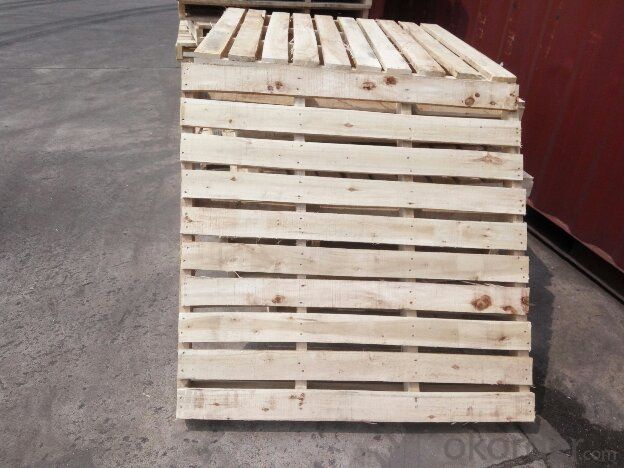
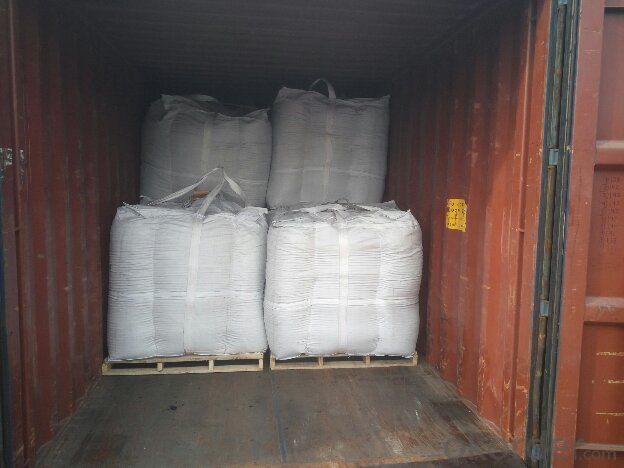
FAQ
1. What is the packing?
In 25kg bag/ In jumbo bags without pallet/ Two jumbo bags with one pallet/ or as customers’ request
2. What is the production capacity?
10 thousand tons per month
3 What is payment term?
Irrevocable LC at sight/ 20% down payment by T/T and 80% against BL copy byT/T/ or to be discussed
4 What is the service?
We will send sample to the third party(CIQ, CCIC, SGS,BV or to be discussed) for checking, and present the test certificate and loading repot of shipment.
- Q: What is the carbon content of different types of rocks?
- The carbon content of different types of rocks can vary significantly. Generally, rocks are composed of minerals, and carbon is not a primary component of most minerals. However, some types of rocks can contain varying amounts of carbon due to the presence of organic matter or other carbon-rich materials. Sedimentary rocks, such as limestone and coal, have the potential to contain higher levels of carbon. Limestone is primarily composed of calcium carbonate, but it can also contain small amounts of organic matter or carbonates that contribute to its carbon content. Coal, on the other hand, is a sedimentary rock formed from the remains of plant material that has undergone extensive decomposition and carbonization. As a result, coal has a high carbon content, often ranging from 50% to 90%. Igneous rocks, which are formed from the solidification of molten material, generally have very low carbon content. This is because the process of magma crystallization does not involve the incorporation of carbon-rich materials. However, there can be exceptions in certain cases where magma interacts with carbon-rich fluids or rocks, leading to the formation of carbon-bearing minerals like graphite or diamond. Metamorphic rocks, which are formed through the transformation of existing rocks under high pressure and temperature conditions, may contain varying amounts of carbon. The carbon content in metamorphic rocks can be derived from the original rock or introduced through the process of metamorphism. For example, the presence of carbonaceous material in shale or limestone can be transformed into graphite or other carbon-rich minerals during metamorphism. It is important to note that while some rocks may contain significant carbon content, rocks are not considered a major reservoir of carbon in the Earth's carbon cycle. The majority of carbon is stored in the atmosphere as carbon dioxide, in the oceans, or in organic matter within living organisms.
- Q: How does carbon impact the prevalence of wildfires?
- Carbon impacts the prevalence of wildfires in several ways. First, carbon dioxide (CO2) is a greenhouse gas that contributes to climate change. As concentrations of CO2 increase in the atmosphere, temperatures rise, leading to drier conditions in many regions. These dry conditions create a more favorable environment for wildfires to ignite and spread. Furthermore, carbon plays a significant role in the fuel load that can feed wildfires. Carbon-based materials, such as dead vegetation, trees, and other organic matter, serve as the primary fuel source for fires. As carbon accumulates in ecosystems, either through natural processes or human activities like deforestation, the amount of potential fuel for wildfires increases. This elevated fuel load can result in more frequent and intense fires. Additionally, carbon impacts the health and vitality of forests. Elevated levels of atmospheric CO2 can enhance plant growth, leading to denser vegetation. While this may seem beneficial, it can actually contribute to the intensity and severity of wildfires. Denser vegetation creates a greater amount of fuel, and when combined with the dry conditions caused by climate change, it becomes a recipe for more destructive fires. Lastly, the combustion of carbon-based materials during wildfires releases large amounts of carbon dioxide into the atmosphere. This creates a positive feedback loop, as the increased carbon emissions contribute to further climate change, which in turn exacerbates the conditions for wildfires. Overall, carbon plays a crucial role in shaping the prevalence and severity of wildfires through its impact on climate change, fuel load, forest health, and the release of greenhouse gases during combustion. Addressing carbon emissions and implementing effective forest management practices are essential in mitigating the risks and impacts associated with wildfires.
- Q: Where are carbon fiber sheets and carbon fiber sheets used?
- Fiber cloth can be made into fiberboard. You'd better say the actual product.
- Q: Search for a summary of the importance of carbon in life. If you write well, you can add points,
- Carbon is a nonmetallic element, whether it is carbon of single substance or carbon compound. It plays an indispensable role in material production, daily life and human existenceThe material containing carbon elemental state are mainly coal, charcoal, graphite and diamond; coal, charcoal is agent or reducing domestic and industrial fuel, raw materials, graphite pencil electrode materials and high temperature resistant materials, diamond is expensive jewelry materials and industrial superhard materials.
- Q: What are the different methods of measuring carbon dioxide levels in the atmosphere?
- Some of the different methods of measuring carbon dioxide levels in the atmosphere include: 1) Ground-based stations: These are fixed monitoring stations that collect air samples and measure carbon dioxide concentrations using gas analyzers. 2) Aircraft measurements: Scientists use aircraft equipped with sensors to sample air at different altitudes and locations to gather data on carbon dioxide levels. 3) Satellite observations: Satellites equipped with remote sensing instruments measure the concentration of carbon dioxide in the atmosphere from space. 4) Oceanic measurements: Researchers collect water samples from various depths in the ocean to analyze carbon dioxide levels and understand its absorption by the oceans. 5) Ice core analysis: By drilling and analyzing ice cores from glaciers and ice sheets, scientists can reconstruct carbon dioxide levels over thousands of years. These methods provide complementary data to understand the distribution and changes in carbon dioxide levels in the atmosphere.
- Q: What is the burning point of carbon?
- There are many forms of carbon, such as charcoal, coal, and even diamonds!And different forms have different ignition points!Generally speaking, the ignition point of charcoal is relatively low, about 300 degrees, and the coal is higher, at 600 - 700 degrees!
- Q: What is the melting point of carbon?
- The melting point of carbon depends on the form in which it is found. Pure carbon exists in multiple forms, including graphite and diamond. Graphite has a high melting point of around 3,600 degrees Celsius (6,500 degrees Fahrenheit), while diamond has an even higher melting point of approximately 3,827 degrees Celsius (6,920 degrees Fahrenheit). These high melting points are a result of the strong covalent bonds between carbon atoms in these structures. However, it is important to note that carbon can also exist in amorphous forms, such as coal or charcoal, which do not have a specific melting point as they undergo a gradual decomposition process when heated.
- Q: How is carbon used in the production of construction materials?
- Carbon is used in the production of construction materials in several ways. One of the most common applications is in the production of steel, which is a vital material in the construction industry. Carbon is a key component in the iron and steel-making process, as it is combined with iron to create a stronger and more durable material. The addition of carbon to iron forms a compound known as steel, which has excellent structural properties and can be used to construct various components of buildings, such as beams, columns, and reinforcement bars. Additionally, carbon fibers are increasingly being used in the production of construction materials. Carbon fibers are lightweight, yet incredibly strong and stiff, making them ideal for reinforcing concrete and other materials. When carbon fibers are added to concrete, they enhance its strength and durability by reducing cracking and improving its resistance to impact and corrosion. This allows for the construction of structures that are more resilient and longer-lasting. Furthermore, carbon is used in the production of composite materials, which are becoming popular in construction. Carbon composites are made by combining carbon fibers with a polymer matrix, resulting in a material that is lightweight, yet strong and rigid. These composites are used in various construction applications, such as building panels, roofing, and bridges, as they offer high strength-to-weight ratios and excellent resistance to environmental factors. In summary, carbon plays a crucial role in the production of construction materials. It is used in the creation of steel, which is a fundamental component of buildings, and its fibers are employed to reinforce concrete and other materials. Additionally, carbon composites provide lightweight and high-strength solutions for construction applications. By harnessing the properties of carbon, construction materials can be made stronger, more durable, and more sustainable.
- Q: How do you make your own carbon fiber bar?Know. ID is how to make? Don't copy anything that has nothing to do with it
- Carbon fiber rods, generally used in fishing rods, medical and construction fields, the molding process is pultrusion.Pultrusion: traction carbon fiber yarn (carbon fiber yarn is usually 12K, 24K based) impregnated epoxy resin, by heating 130 degrees or so, high temperature curing molding.Specific molding process can be consulted.
- Q: What is the significance of the determination of total organic carbon in purified water?
- Purified water represents the total amount of organic matter in water by carbon content. It is an important indicator of water quality. The detection of total organic carbon in water is an important item for the detection of pharmaceutical water. Inspection item 2005 edition test item [1] character: This product is colorless and tasteless clear liquid. Check: pH, take this product 10ml, plus methyl red indicator liquid 2 drops, may not show red; another take 10ml, add bromine, thymol blue, indicating liquid 5 drops, may not show blue. Chloride, sulfate and calcium salt were taken in three test tubes, each with 50ml.
Send your message to us
0.5% Mositure and 85%FC coke for foundry
- Loading Port:
- Shanghai
- Payment Terms:
- TT OR LC
- Min Order Qty:
- 20.3
- Supply Capability:
- 1003 m.t./month
OKorder Service Pledge
OKorder Financial Service
Similar products
Hot products
Hot Searches
